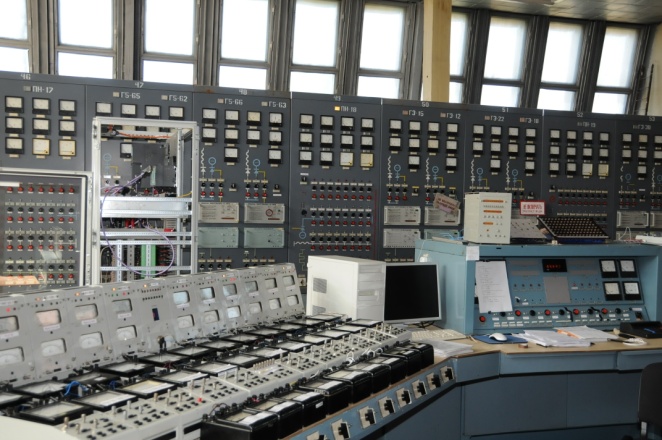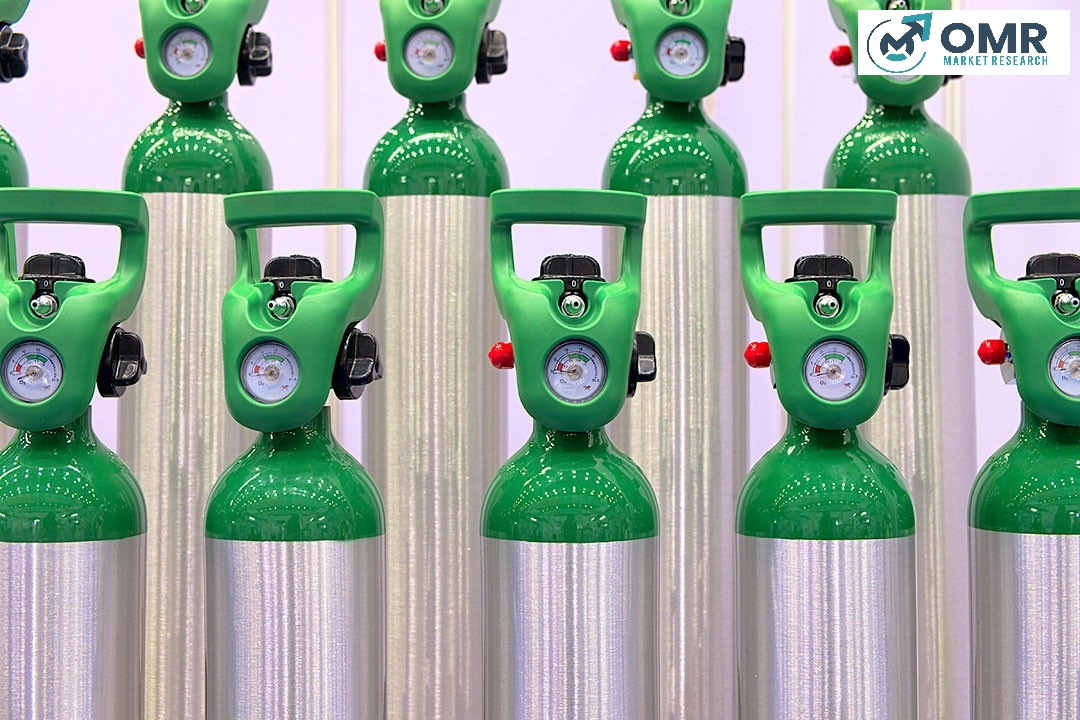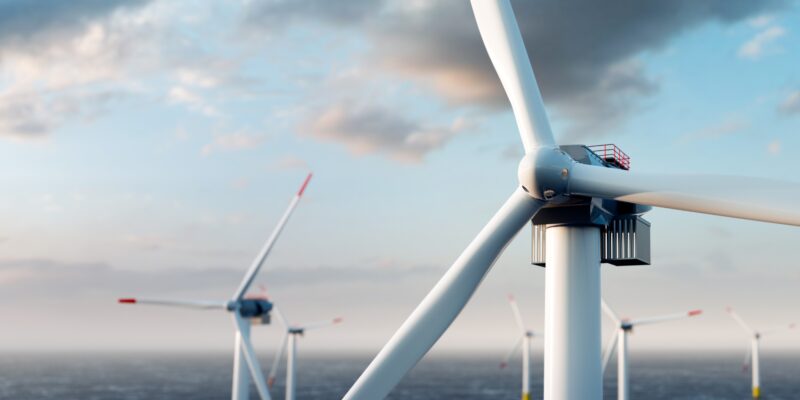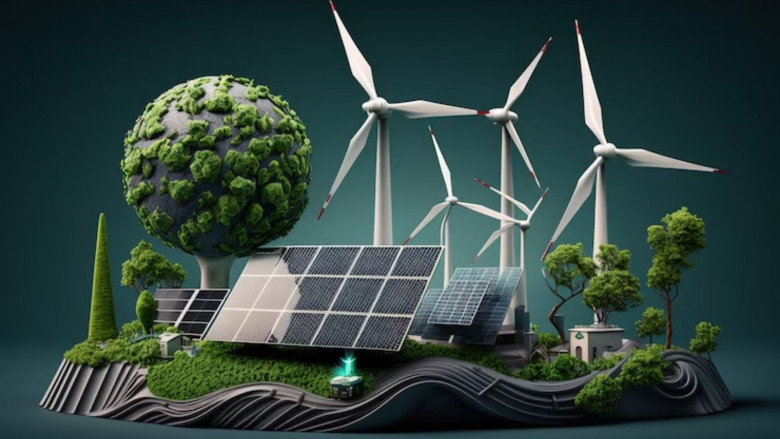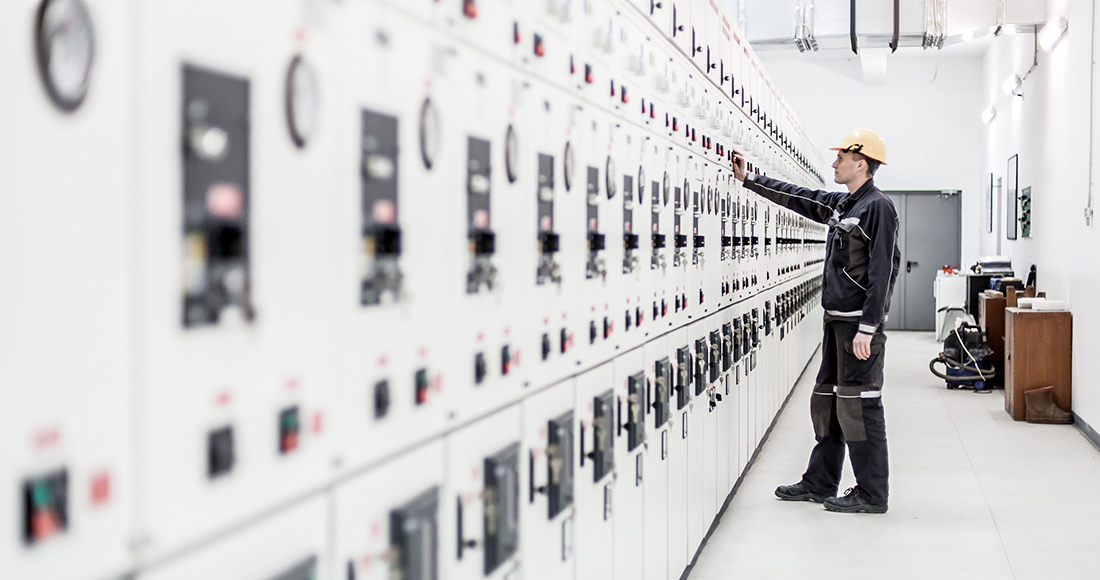The Japan Wind Energy Market is estimated to reach USD XX billion by 2032 with a CAGR of XX%.
In recent years, the Japanese wind energy market has seen substantial growth. To lessen its dependency on fossil fuels and fight climate change, the nation understands the value of renewable energy sources. Japan is a great place to produce wind power since it has a lot of wind resources, especially in coastal areas.
To encourage the development of the wind energy sector, the government has put in place a number of programmes and incentives. Wind farms all around the nation have attracted investment thanks to the Feed-in Tariff system, which offers financial support and guaranteed purchase rates for wind power providers. In order to enhance the proportion of renewable energy sources in the energy mix, the government has also set renewable energy targets.
In Japan, a number of offshore wind projects are in progress with an emphasis on building sizable wind farms. The nation is a leader in offshore wind technology thanks to its robust industrial base and technological know-how.
Exploring the Growth Drivers of the Japan Wind Energy Industry
The market for wind energy in Japan is being fuelled by a number of factors that support its development and growth. First and foremost, the government’s dedication to reducing climate change and promoting renewable energy is essential. Increased investments in wind energy are being made in Japan as part of efforts to diversify its energy mix and lessen its reliance on fossil fuels.
For wind energy developers and investors, the benevolent regulatory framework and support systems, such as the Feed-in Tariff system and renewable energy objectives, offer stability and incentives. These regulations support the sector’s expansion while guaranteeing a fixed price for wind energy.
Due to Japan’s favourable geographic conditions, particularly its lengthy coastline, both onshore and offshore wind farms can take advantage of the country’s plentiful wind resources. The effective deployment and operation of wind energy installations is made possible by the nation’s strong industrial base and technological prowess.
Additionally, partnerships and international cooperation help Japan’s wind energy sector expand. Acquiring cutting-edge wind energy technologies and skills is made possible by collaboration with overseas businesses and knowledge sharing.
What challenges does the Japan Wind Energy Market face?
There are a number of obstacles preventing the expansion and development of the Japanese wind energy business. Limited land supply, particularly in heavily populated areas, is a serious problem. The creation of onshore wind farms faces a problem due to the competition for land use among diverse industries, necessitating creative solutions and meticulous planning.
Grid connection problems are another difficulty. The current electricity grid has to be significantly upgraded, and significant infrastructure expenditures are needed. Additional obstacles to the construction of offshore wind farms relating to grid connection and electricity transmission to the mainland exist.
Wind energy companies may experience delays and uncertainty as a result of Japan’s stringent environmental rules and protracted approval procedures for renewable energy projects. It can take a lot of time and resources to get the required licences and meet environmental regulations.
In Japan, the price of wind energy is still relatively high when compared to other energy sources. Even while economies of scale and technology developments are increasingly bringing costs down, initial costs and ongoing operating and maintenance costs continue to be major obstacles to wider adoption.
What are the recent developments happening in the Japan Wind Energy Market?
Recent changes in the Japanese wind energy market show the nation’s dedication to increasing its capacity for renewable energy. The development of offshore wind plants is one noteworthy change. The Japanese government has made plans to install 10 GW by 2030 and 30–45 GW by 2040, a considerable increase in offshore wind capacity. This has drawn both domestic and foreign investment, resulting in the start of significant offshore wind projects.
Japan has also been concentrating on developments in wind energy technology. The nation is spending money on research and development to boost grid integration skills, increase turbine efficiency, and create floating wind technology to utilise wind resources in deep waters.
The practise of working with international companies has also emerged recently. To take advantage of their knowledge and experience in the development of offshore wind, Japanese businesses are collaborating with foreign businesses. These partnerships make it easier for people to share knowledge and technologies, which helps the Japanese wind energy business expand.
Additionally, efforts are being made to resolve grid connectivity issues. To handle the growing capacity of wind power and assure effective grid integration, Japan is investing in updating and expanding its transmission system.
Key Target Audience
- Government
- Wind Energy Developers
- Equipment Manufacturers
- Utilities and Power Purchasers
- Financial Institutions
- Local Communities and Environmental Organizations
Japan Wind Energy Market Segmentation:
1. By Capacity
- Small-Scale
- Medium-Scale
- Large-Scale
2. By Turbine Type
- Horizontal-Axis Turbines
- Vertical-Axis Turbines
- Specific Models
3. By Project Status
- Planned
- Under Construction
- Operational
4. By Ownership
- Government Owned
- Privately Owned
- Joint Ventures
5. By Region
- Hokkaido & Tohoku
- Chubu
- Chugoku
- Kyushu
- Rest Of Japan
Key Topics Covered in the Report:
- Japan Wind Energy Market Size (FY’2019-FY’2032)
- Overview of Japan Wind Energy Market
- Segmentation of Japan Wind Energy Market By Capacity (Small-Scale, Medium-Scale, Large-Scale)
- Segmentation of Japan Wind Energy Market By Turbine Type (Horizontal-Axis Turbines, Vertical-Axis Turbines, Specific Models)
- Segmentation of Japan Wind Energy Market By Project Status (Planned, Under Construction, Operational)
- Segmentation of Japan Wind Energy Market By Ownership (Government Owned, Privately Owned, Joint Ventures)
Latest reports:




